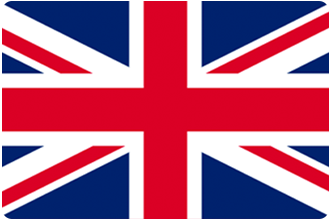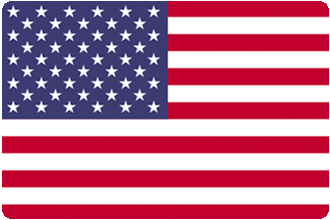Schott colour filters are critical tools that let scientists read the Earth’s tiny signals with remarkable clarity and precision. Schott’s specialised optical components have proven to be vital tools in environmental monitoring and climate research.
This article investigates the function of Schott colour filters in bridging the gap between observation and action in the continuous effort to protect our planet’s future.
Schott Colour Filters: Technology and Types
Schott colour filters are a hybrid of superior glass technology and precision optics, intended to selectively transmit light within specified wavelength ranges while blocking others. Schott’s technique is built around the company’s expertise in glass compositions and coatings, which allows it to create filters with exact optical qualities.
For a more detailed look at the types of filters and what they do, click here
Role in Environmental Monitoring
Spectral Analysis
Schott colour filters analyse environmental samples by isolating specific wavelengths of light, which are then used to identify and quantify various elements or compounds. In laboratories and field studies, these filters enable precise measurements of light absorption and reflection from soils, waters, and atmospheric samples.
By targeting specific absorption bands, researchers can detect the presence of heavy metals in water or measure the concentration of greenhouse gases in the atmosphere. This precision allows for a more accurate assessment of environmental health and the detection of contaminants at lower thresholds.
Pollution Tracking
Schott colour filters can help monitor the presence and concentration of air and water pollutants. Air quality monitoring devices equipped with these filters can detect harmful gases like nitrogen dioxide (NO2) and sulfur dioxide (SO2) by isolating the specific wavelengths absorbed by these gases.
Similarly, in water quality analysis, filters can be used to detect the presence of pollutants such as phosphates, nitrates, and heavy metals by facilitating the spectral analysis of water samples.
Vegetation and Land Use
By using filters that isolate specific bands of the electromagnetic spectrum, scientists can analyse the reflectance patterns of different surfaces to assess plant health, identify types of vegetation, and monitor changes in land use.
The Normalised Difference Vegetation Index (NDVI), a key indicator derived from remote sensing data, utilises red and near-infrared filters to gauge plant health and growth by measuring the difference in reflectance. This information is critical for managing agricultural practices, tracking deforestation or reforestation efforts, and studying ecological changes over time.
Contribution to Climate Research
Atmospheric Studies
Schott colour filters are extensively utilised in studying atmospheric conditions, including the measurement of greenhouse gas concentrations. By isolating specific spectral bands, these filters enable precise detection of gases such as carbon dioxide, methane, and nitrous oxide, which are significant contributors to the greenhouse effect.
The detailed spectral analysis facilitated by these filters helps scientists assess the current state of the atmosphere, understand the chemical processes occurring within it, and predict future changes. This information is crucial for developing strategies to mitigate the impact of greenhouse gases on global warming.
Climate Change Indicators
Monitoring the indicators of climate change, such as ice melt rates, sea-level rise, and extreme weather patterns, is vital for understanding the pace and impact of climate change. Schott colour filters contribute significantly to this area of research by improving the quality of data collected through remote sensing technologies.
For example, in polar research, filters designed to pass specific wavelengths can enhance the contrast in satellite images of ice and snow, making it easier to study melting patterns and their implications on sea-level rise. Similarly, filters that highlight vegetation changes can help in monitoring deforestation and desertification processes, which are both indicators and drivers of climate change.
Data Accuracy and Precision
The accuracy and precision of climate models depend heavily on the quality of the data fed into them. Schott colour filters enhance this quality by ensuring that the measurements taken from satellite imagery, ground-based sensors, and other remote sensing technologies are as accurate as possible.
By filtering out irrelevant wavelengths and reducing noise, these filters help in capturing data that reflect true environmental conditions. This enhanced data accuracy is critical for climate models to make reliable predictions about future climate conditions, enabling policymakers and scientists to make informed decisions about climate action.
Final thoughts
Schott colour filters embody the critical intersection of innovation and environmental stewardship, offering tools that sharpen our view of the planet’s most pressing challenges. Their precise capabilities not only enhance our understanding of environmental and climate phenomena but also equip us with the data needed for actionable insights.
As we navigate the complexities of preserving our natural world, the role of these filters underscores the importance of technological advancement in driving scientific breakthroughs and informing sustainable decisions for the future.
Partnering with Experts in colour glass filters
If you’re embarking on a project requiring specialised Schott colour glass filters, make sure to consult with experts in the field. Our knowledge and experience could be the difference in your project.
Contact our team today, or call us on 01223 420329 or email our sales team at info@uqgoptics.com.




